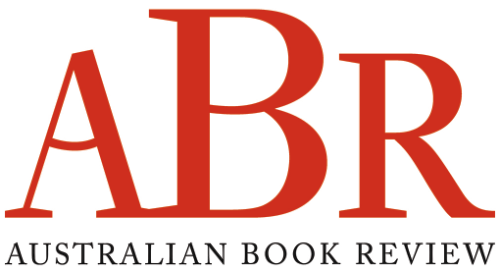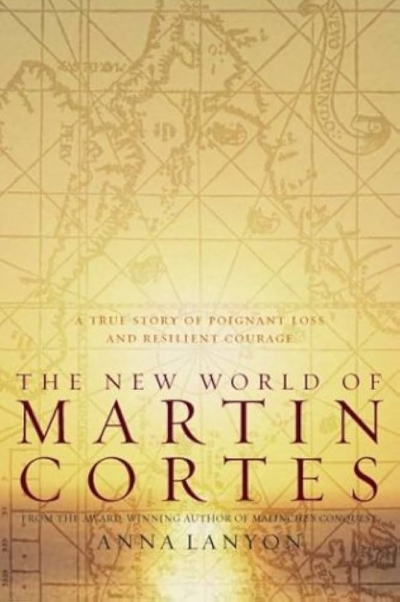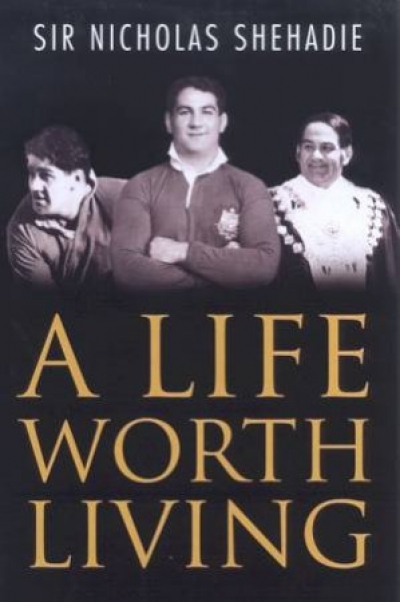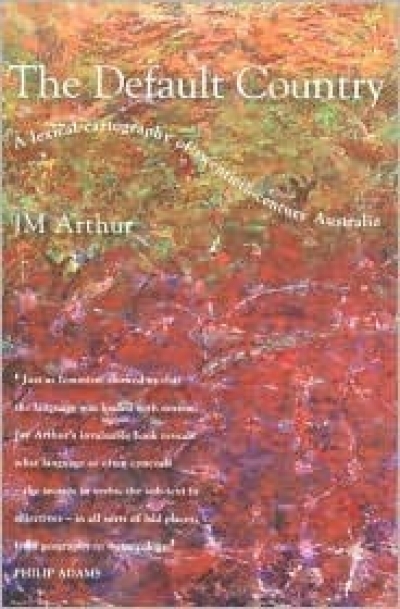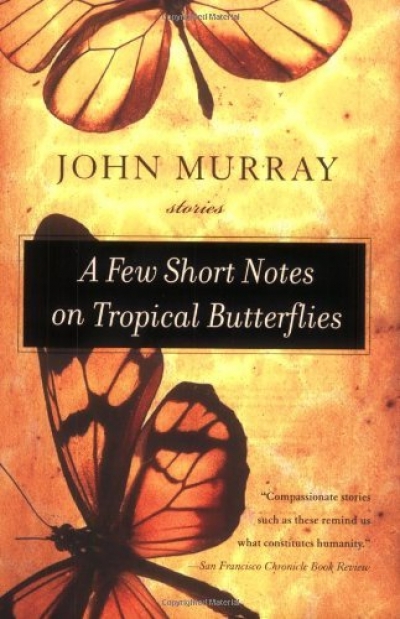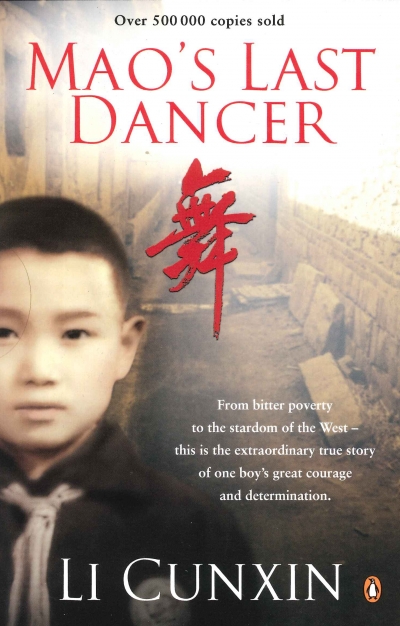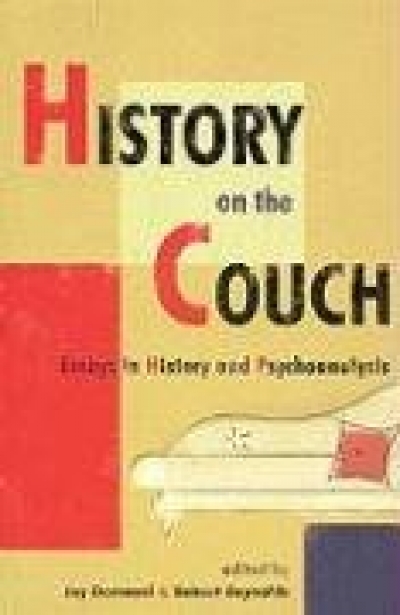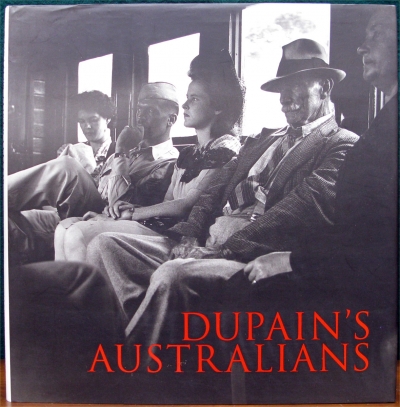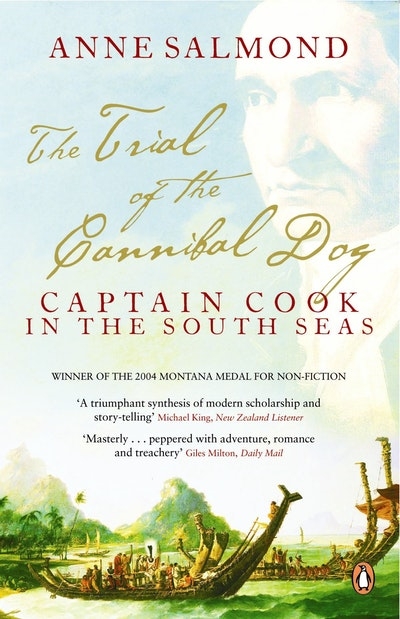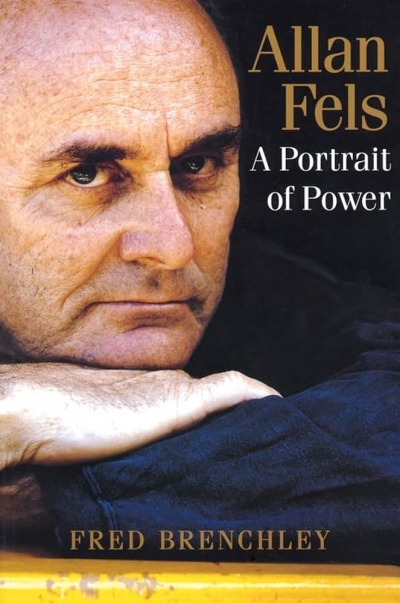Archive
The Default Country: A lexical cartography of twentieth-century Australia by J.M. Arthur
History on the Couch: Essays in History and Psychoanalysis edited by Joy Damousi and Robert Reynolds
Dupain’s Australians by Jill White (text by Frank Moorhouse)
The Trial of the Cannibal Dog: Captain Cook in the South Seas by Anne Salmond
Judith Wright and Meanjin
Dear Editor,
As generally happens, your note of the recent death of ‘Clem’ Christesen (ABR, August 2003) appears to give him full credit for the early days of Meanjin. Judith Wright is, unfortunately, unable to correct that view of history herself. From what I have been told of those gestational wartime years, her role was no less significant than Christesen’s. Furthermore, she certainly did a great deal (probably most) of the practical work that is essential to sustain such a journal, especially one that was determined to open windows to worlds different from the one represented by the Bulletin. As their contemporary, the Queensland poet Val Vallis, once put it to me, poetry ‘had to have a whiff of eucalyptus about it for the Bulletin’. Certainly, Douglas Stewart, the redoubtable editor of The Red Page, did not relish the new competition, and Vallis recalls being told, with more than a touch of schadenfreude, when work appeared in the fledgling Meanjin: ‘We knocked that back at the “Bully”.’
... (read more)